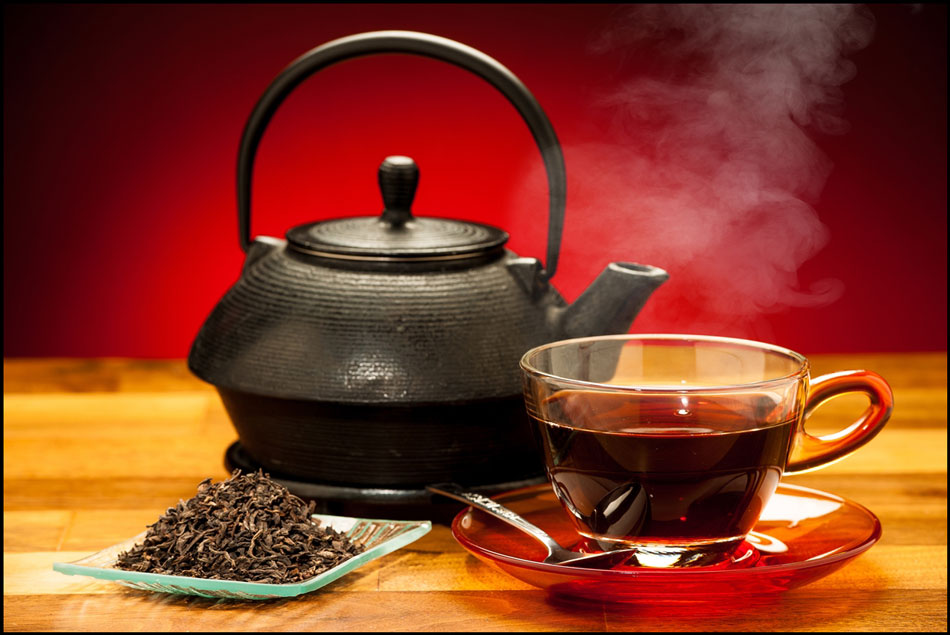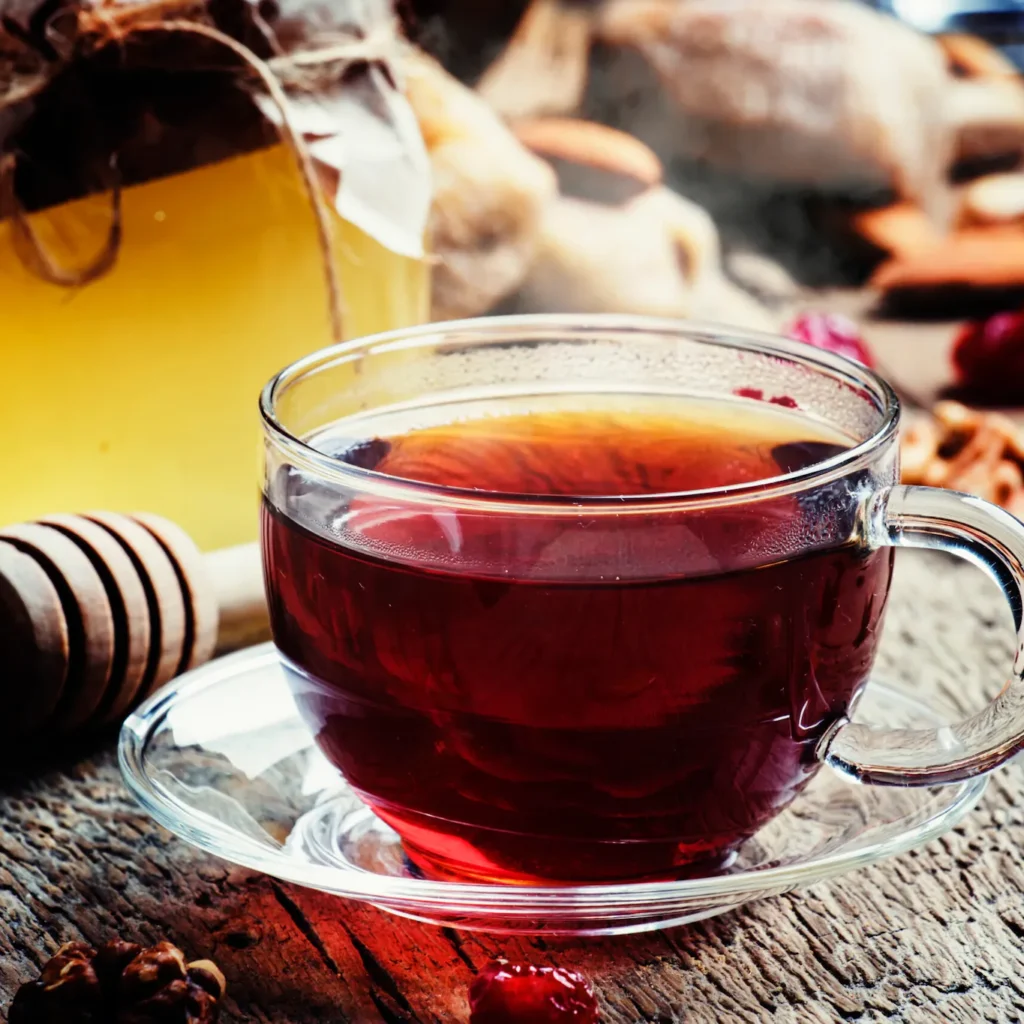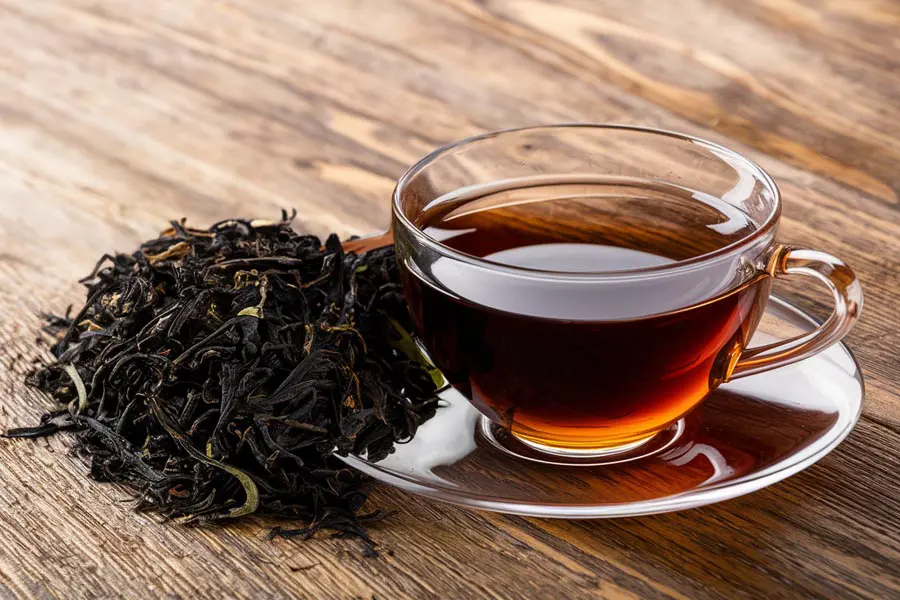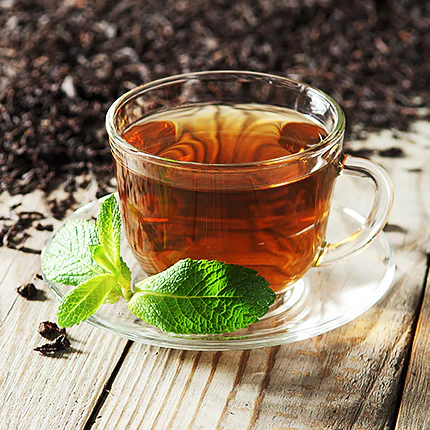Black tea is one of the most popular beverages globally, known for its bold flavor, cultural significance, and economic value. As demand for black tea continues to soar in countries like the United Kingdom, United States, Russia, and China, the race to produce this beloved brew intensifies. Among several global contenders, India stands tall as the largest black tea producer in the world, accounting for a significant share of global output.
This article delves into India’s dominance in black tea production, the regions driving this industry, comparative global statistics, and the future of black tea cultivation.
The Global Landscape of Black Tea Production

Black tea is produced mainly in tropical and subtropical regions where the climate supports the growth of Camellia sinensis—the plant used to make all types of tea. While green tea and oolong tea are processed differently, black tea is fully oxidized, giving it its dark color and robust taste.
The top black tea producers in the world include:
- India
- China
- Sri Lanka
- Kenya
- Vietnam
Among these, India consistently ranks number one, with a massive share of the global market, particularly in black tea. In contrast, China leads in green tea and overall tea production, but India’s specialization in black tea sets it apart.
India: The Undisputed Leader in Black Tea Production

India produces over 1.3 billion kilograms of tea annually, and more than 80% of this is black tea. The Indian tea industry is an economic powerhouse, employing over two million people, most of whom are women working in plantations across the country.
According to the Tea Board of India and data from the Food and Agriculture Organization (FAO), India’s black tea output regularly surpasses that of other nations. Let’s explore why.
Key Tea-Producing Regions in India:
- Assam – Located in the northeastern part of India, Assam is the heartland of Indian black tea. It produces more than 50% of India’s total tea. Assam tea is known for its malty, strong, and brisk flavor, often used in breakfast blends like English Breakfast and Irish Breakfast tea.
- Darjeeling – Nestled in the foothills of the Himalayas in West Bengal, Darjeeling tea is often called the “Champagne of Teas” due to its delicate flavor and aroma. Though smaller in quantity, Darjeeling black tea holds high value in international markets.
- Nilgiris – Situated in Tamil Nadu, the Nilgiri region produces fragrant, smooth black tea. It is grown at high altitudes and is appreciated for its balanced and mellow taste.
- Dooars and Terai – These regions in West Bengal complement Assam in quantity and supply significant volumes of tea for both domestic use and export.
The Economic and Cultural Importance of Black Tea in India

Tea is not just a beverage in India—it’s a daily ritual. From bustling train stations to luxurious hotels, black tea, or “chai,” is everywhere. This deep-rooted cultural association supports massive domestic consumption.
In addition:
- Domestic Consumption: India consumes about 85% of the tea it produces.
- Exports: India exports tea to more than 100 countries, with black tea making up the majority. Major export markets include Russia, Iran, the UK, UAE, and the US.
Black tea also plays a crucial role in rural economies. Tea plantations support local communities with employment, education, and healthcare.
Comparing India with Other Leading Producers

Kenya – The Second-Largest Black Tea Producer
Kenya is another major player in the black tea industry. It produces nearly 500–600 million kilograms of tea annually, almost all of which is black tea. Kenya’s strength lies in its CTC (Crush, Tear, Curl) tea, which is efficient for tea bags and widely exported to Europe and the Middle East.
However, Kenya lacks the diversity of flavor and heritage branding that India offers through varieties like Darjeeling and Nilgiri.
Sri Lanka – Known for Ceylon Tea
Sri Lanka is famed for its Ceylon tea, which is another high-quality black tea. It produces over 300 million kilograms annually. Sri Lanka focuses more on orthodox (whole-leaf) tea, catering to premium segments. Though smaller in volume than India and Kenya, Ceylon tea commands a high market value.
China – Leader in Green, but Not Black
China is the largest overall tea producer but focuses more on green, white, and oolong teas. Black tea, known locally as “hong cha,” is growing in popularity but still represents a small fraction of China’s tea output compared to India.
Factors Behind India’s Dominance in Black Tea

- Climate Diversity – India’s varied climatic zones offer ideal conditions for growing a wide range of black tea varieties, from the rich plains of Assam to the misty mountains of Darjeeling.
- Colonial Legacy – British colonization introduced commercial tea plantations in the 1800s, particularly in Assam and Darjeeling. This early start provided India with extensive infrastructure and knowledge in tea cultivation.
- Government Support – Institutions like the Tea Board of India ensure quality control, research, market expansion, and support to small tea growers.
- Global Recognition – Indian black teas like Darjeeling and Assam have Geographical Indication (GI) tags, boosting international trust and appeal.
- Skilled Labor Force – Generations of workers and tea tasters have perfected the art of plucking, processing, and grading tea.
Challenges and the Road Ahead
Despite its leading status, India’s tea industry faces challenges:
- Climate Change – Unpredictable weather patterns, excessive rainfall, and rising temperatures are affecting yields.
- Labor Issues – Low wages and poor working conditions in some plantations have led to strikes and productivity dips.
- Global Competition – Cheaper teas from Kenya and Vietnam pose threats in price-sensitive markets.
However, the Indian government and private sector are working on sustainable practices, technology upgrades, and brand building to stay competitive.
Conclusion
In the global arena of black tea production, India remains the undisputed leader. Its unique terroir, rich legacy, high domestic demand, and international reputation for quality make it the largest and most influential black tea producer in the world.
As the world continues to appreciate the comforting aroma and robust flavor of black tea, India’s tea gardens—from the lowlands of Assam to the slopes of Darjeeling—will continue to define the future of this timeless beverage.




